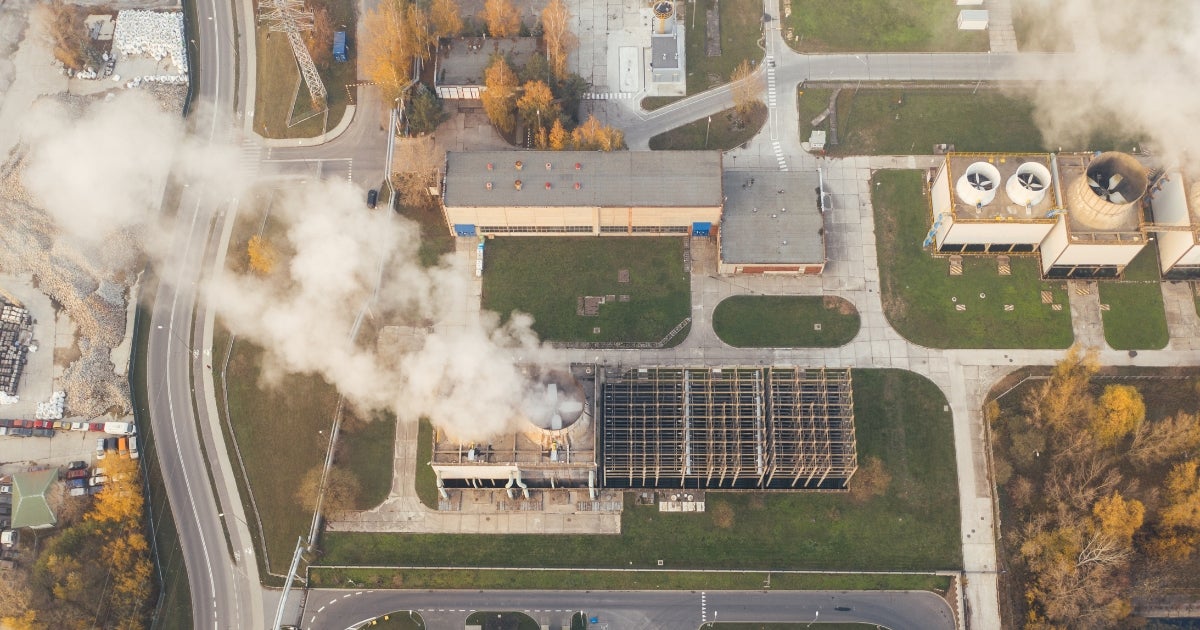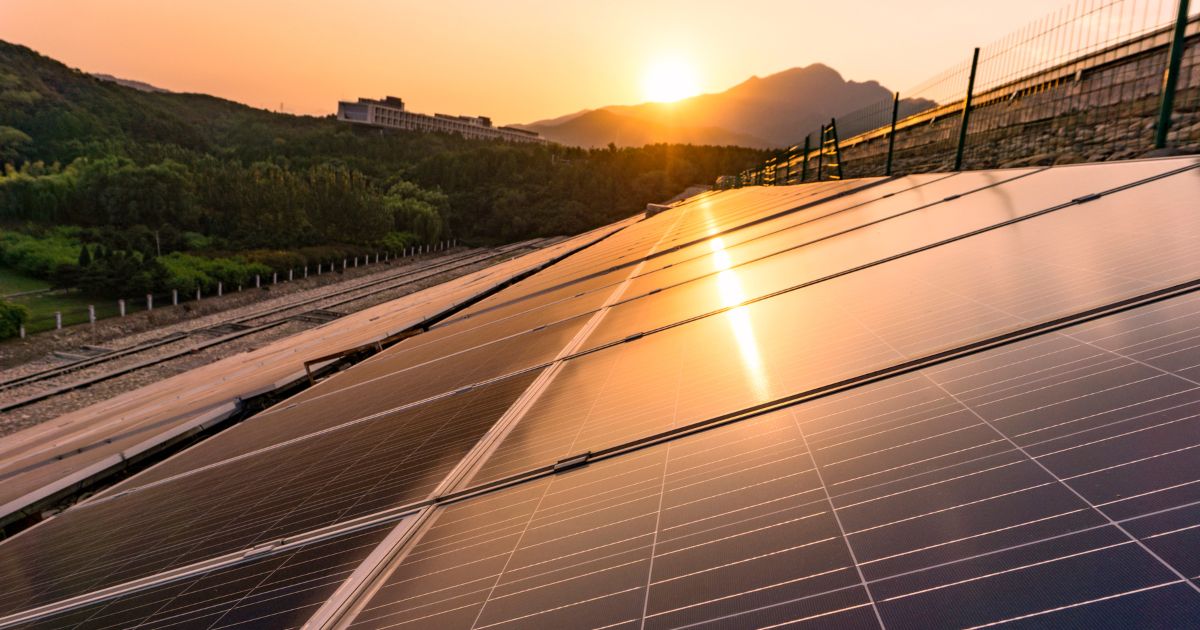EDF’s delegation to the climate talks taking place in Bonn, Germany from June 5 to June 15 give us some insights into the issues they’re following.
Next week, climate negotiators will convene in Bonn, Germany for a two-week negotiation session that will serve as an important marker on the road to the COP28 climate talks in Dubai this November. The outcome of the talks, known as SB58, will set the stage for the negotiations at COP28, giving us an indication of what needs to happen in the months leading up to those pivotal talks.
Every year the climate negotiations become more urgent as we draw closer to the timelines for meeting the Paris Agreement goals. The task is even more challenging when considering the other crises the world faces, like economic disruption, energy insecurity and food scarcity. We need effective solutions that can solve for these multiple challenges simultaneously. The talks in Bonn are an important opportunity to gauge progress and push forward key action points that address these various challenges, in the lead up to COP28, and beyond.
EDF’s delegation to the Bonn climate talks are closely monitoring various important issues inside and around the negotiations. These include the Global Stocktake process, food, fisheries and ocean issues, and efforts to expand high-integrity carbon market cooperation.















